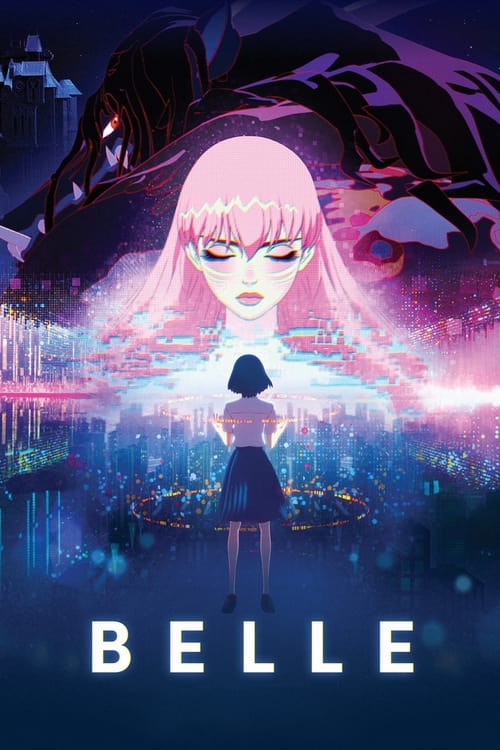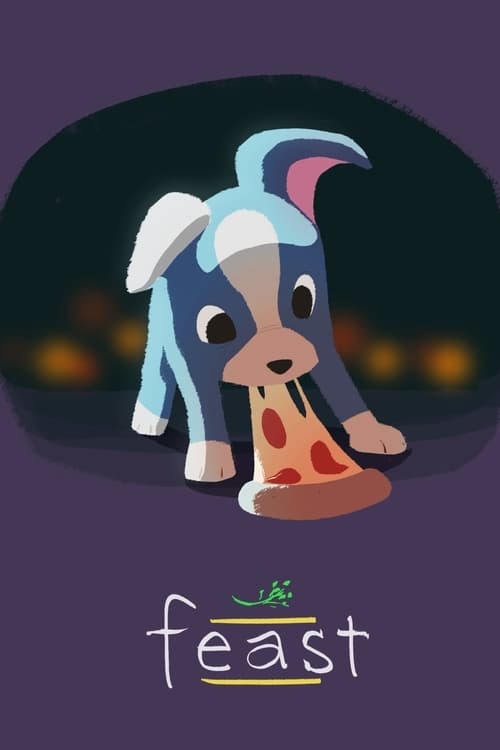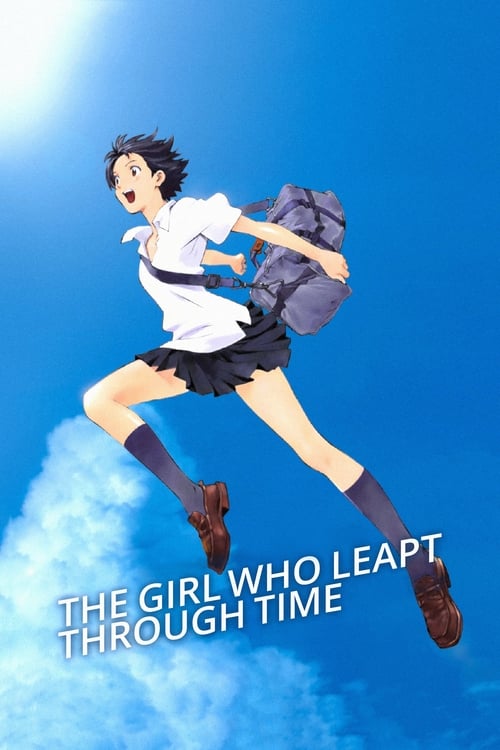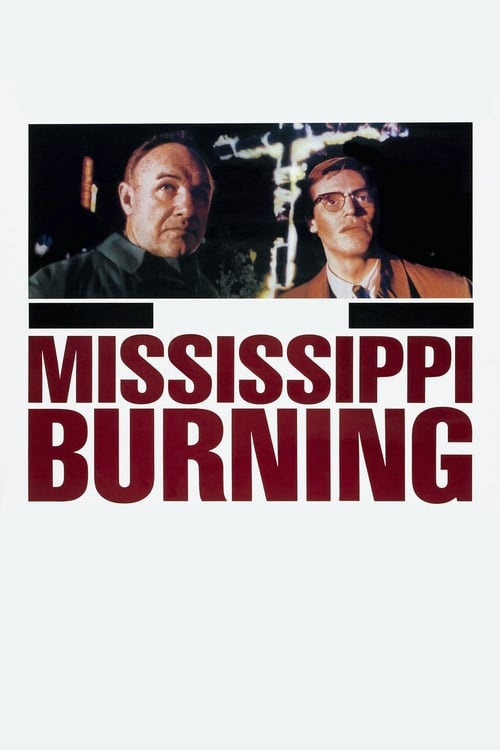
Belle
Suzu is a 17-year-old high-school student living in a rural town with her father. Wounded by the loss of her mother at a young age, Suzu one day discovers the massive online world 'U' and dives into this alternate reality as her avatar, Belle. Before long, all of U's eyes are fixed on Belle, when, suddenly, a mysterious, dragon-like figure appears before her.
Quotes from Movie Belle
Sound Tracks from Belle by Ludwig Göransson
U
U by Riri, Featured during a critical emotional moment in the film
Hero
Hero by Kenshi Yonezu, Used in the climax during the main character's transformation
Lived In
Lived In by Aimer, Played during the credits
Download App
Memorable Scenes from Movie Belle
Dido's Arrival at Kenwood
This scene opens with Dido Elizabeth Belle arriving at Kenwood House, where her great-uncle is the owner. As a mixed-race woman in 18th-century England, she faces the complexities of race and class. The initial tension hangs heavy as she crosses the threshold, being both an honored guest and an outsider. The atmosphere shifts from curiosity to a subtle discomfort as she navigates her new environment. This is a pivotal moment for Dido as she must find her place in a world filled with societal expectations. After this, Dido begins to forge her identity amidst the contradictions of privilege and prejudice.
Context: Dido's mixed heritage places her in a unique position, allowing her to experience the privileges of the aristocracy while still being subjected to the limitations imposed by her race.
Dinner Dialogue
During a lavish dinner at Kenwood, the family discusses the slave trade, and Dido's discomfort is palpable. As voices around her debate with passion, the camera focuses on her face, revealing her inner turmoil and sense of isolation. The pivotal moment occurs when she courageously speaks out, sharing her thoughts on the morality of slavery. The room falls silent, and for a moment, all eyes are on her. This moment defines her as not just an observer but as someone who possesses a voice and a mind. Following this, her confidence grows, yet she must grapple with the consequences of standing out in a society that often silences her.
Context: This dinner scene encapsulates the central conflict of the film, showcasing class privilege and the horror of slavery that Dido faces.
Dido Meets John Davinier
Dido's encounter with John Davinier, a young lawyer, is electric. Their initial conversations are charged with intellectual chemistry and genuine curiosity. The pivotal moment comes as they discuss the significance of a print of a slave ship, leading Dido to realize the depth of the world’s injustices. Their connection deepens, yet societal barriers loom large. After this meeting, Dido finds a companion who resonates with her struggles, making her question her societal standing even more.
Context: John offers Dido a breath of fresh air amid her suffocating existence in high society, providing her with the possibility of love and understanding.
The Decision to Support the Case
As news spreads about the Zong massacre, where enslaved people were thrown overboard for insurance claims, Dido grapples with her conscience. The pivotal moment is her decision to support John in his fight for justice regarding the case. The weight of this choice reflects her growth and awakening to her beliefs. This scene shifts the narrative towards activism and highlights Dido's burgeoning awareness of her own power. The aftermath sees her fully committed to a fight that she once felt powerless against.
Context: This decision marks a dramatic turning point for Dido, aligning her values with her personal experiences and fueling her passion for justice.
The Courtroom Reveal
In a tense courtroom scene, Dido takes the stand and speaks passionately about the value of every human life. The tensions rise as she challenges the jurors' views. The moment she invokes her personal stake in the case—the contrast of her privileged life against the suffering of the enslaved—creates a powerful and emotional climax. The audience feels the weight of her words, as Dido takes a stand against the injustices of her time. The aftermath shapes her not just as a figure in the court but as a symbol of resistance.
Context: This courtroom moment showcases Dido's transformation from a passive bystander to an active participant in the fight against slavery.
Confrontation with Lady Mansfield
Dido confronts Lady Mansfield about her treatment within the family and the societal limitations placed upon her. The tense atmosphere crackles as Dido expresses her frustrations and feelings of exclusion. The pivotal moment occurs when Dido demands to be seen as equal, not just as a woman but as a person deserving of love and respect. The emotional charge of this scene is immense; it’s an act of rebellion against the constraints of her upbringing. The aftermath of this moment further solidifies Dido's desire to forge her own identity.
Context: This confrontation encapsulates the themes of gender and racial equality, pushing Dido into a position where she can redefine her future.
The Solar Eclipse
During a solar eclipse, Dido and John share an intimate moment, speaking about freedom and fate. This is a significant moment because both characters reflect on their desires and the reality of their worlds. Dido's expression of vulnerability and longing to be free is poignant. The pivotal moment is the soft touch they share, symbolizing their connection amidst chaos. This scene feels like a glimpse of hope, yet it also foreshadows the challenges they face together and apart.
Context: The eclipse serves as a metaphor for Dido's struggle—darkness overshadowing her hopes but also representing renewal and change.
Dido's Refusal of Marriage
When Dido receives a marriage proposal, she initially considers it due to societal pressure but ultimately refuses. The moment she declines, empowered by her journey, is pivotal. It signifies her decision to prioritize her independence and beliefs over societal expectations. The emotional weight of her refusal resonates deeply, representing the struggle many women face in choosing between love and autonomy. The aftermath sees her embracing her role as a trailblazer, no longer defined by partnerships.
Context: This choice underscores Dido's character arc, as she steps beyond the confines set by her family and society.
Dido in Justice
The final scenes depict Dido attending the landmark trial's conclusion. As the verdict is announced, she watches filled with both hope and the weight of reality. The pivotal moment is when justice is served, offering a glimpse of the change that her efforts contributed to. The emotions surging through the courtroom, mixed feelings of justice and hope, leave viewers moved. The aftermath has a lasting impact on society, as it sets a precedent for future justice.
Context: This scene represents Dido’s journey culminating in a broader societal impact, reinforcing the film’s themes of justice and humanity.
The Family Portrait
In a powerful moment, Dido is finally included in the family portrait, a symbol of acceptance. The significance of this scene lies in the visual representation of her rightful place within the family. The moment captures the blend of pride and bittersweet acknowledgment of her journey. This marks Dido’s complex struggles with her identity and acceptance, resonating with viewers who understand the fight for recognition. The aftermath leaves a sense of hope of change, both personally for Dido and symbolically for society.
Context: This moment reflects the historical context of race and class, showcasing progress amid ongoing struggles.
Dido and John’s Farewell
The farewell between Dido and John is steeped in emotion as they recognize the separation that societal pressures may impose. The pivotal moment comes as they exchange heartfelt words about their dreams, with Dido acknowledging the bittersweet reality of their love. Their shared pain and hope send a wave of emotions through the audience, who understand the weight of their circumstances. This farewell is drawn with heartfelt performances that evoke deep empathy. The aftermath leaves viewers contemplating the sacrifices made for love and the constraints of their era.
Context: This scene encapsulates the central themes of love obstructed by societal barriers, making it deeply impactful.
Dido's Reflection
As Dido reflects by the window, gazing into the distance, the cinematography captures her sense of longing and introspection. The pivotal moment comes when she acknowledges her journey and the fight ahead in a society rife with injustice. This quiet moment resonates deeply, as her past weighs heavily on her future aspirations. The audience feels her burdens and dreams collide, eliciting empathy and a connection to her aspirations. The aftermath makes viewers reflect on their own societal battles, leaving a resonant impact.
Context: Dido's introspective moment symbolizes her growth and determination, balance between past pains and future hopes.
The First Hearing
The first legal hearing regarding the Zong case is filled with tension and uncertainty. Dido watches as the court debates lives as if they were mere property. The exact moment of her realization that she is part of something much larger, both terrifying and inspiring, is critical. The visuals capture the anticipation and dread as she listens to eloquent arguments that underscore the moral dilemma. This experience fuels her determination and sets the stage for her to become a fierce advocate for justice.
Context: This hearing highlights the systemic issues of the era, emphasizing themes of humanity and moral responsibility.
The Brochure Scene
In a poignant moment, Dido receives a brochure highlighting the perils of the slave trade. The vivid images juxtaposed with her own identity evoke a powerful sense of personal conflict. The pivotal moment occurs when Dido confronts the reality of her own lineage, leading to an emotional breakdown. The heartfelt performance allows the audience to connect deeply with her struggle to reconcile her heritage. The aftermath fosters her growth into an empowered figure willing to advocate for change.
Context: This scene emphasizes Dido’s exploration of identity shaped by her mixed heritage and societal expectations.
The Protest
Dido joins a protest for abolition, surrounded by passionate voices calling for change. The pivotal moment is when she takes the stage, representing her commitment to justice and the personal risks involved. The camera captures the determination in her eyes, reflecting the collective hope and fear of the movement. Audiences feel the adrenaline and excitement of this moment, representing both defiance and unity in the quest for freedom. The aftermath impacts her personally and politically, empowering her to forge ahead despite potential dangers.
Context: This scene symbolizes Dido’s transformation and grounding her commitment to courage in the face of adversity.
The Power of Words
In an intimate moment, Dido shares written letters with John, discussing their dreams and struggles. The power of the written word uplifts their spirits, creating a bond through shared hopes. The pivotal moment occurs when Dido articulates her vision of justice, leaving both characters vulnerable yet empowered. The emotion in this scene resonates as it illuminates the importance of communication and connection amid the backdrop of despair. It reinforces their resolve to fight unjust systems while fostering their relationship.
Context: This scene reinforces themes of love, activism, and empowerment through words, capturing the beauty of shared dreams.
The Vigil
The family gathers for a vigil in remembrance of the enslaved lives lost, illustrating the collective grief. Dido’s silent tears juxtapose the somber atmosphere, showcasing her personal connection to the trauma. The pivotal moment is when her vulnerability is unveiled, creating a profound connection with the audience. This scene resonates as a moment of reflection, representing the loss suffered by many. The aftermath solidifies Dido’s commitment to honoring their memory through action, deepening the emotional narrative.
Context: This vigil anchors the film's exploration of loss, grief, and the ongoing fight for justice.
The Binary Shift
A critical negotiation scene unfolds where societal views on race and humanity are challenged. Dido argues passionately with a staunch opponent about the worth of every human life. The pivotal moment comes when her personal narrative dismantles preconceived notions, creating a ripple effect. The audience feels a surge of hope amid despair as barriers begin to crumble. This scene encapsulates the fight for human rights, highlighting how one person’s voice can ignite change.
Context: This negotiation illustrates the film's central conflict, blending personal stakes with a broader societal critique.
The Final Embrace
In an emotionally charged conclusion, Dido and her family embrace amidst the acknowledgment of their changing world. The moment reflects resolve and unity, signaling Dido's acceptance of her unique position and the path forward. The visuals of their intertwined arms and teary eyes create a lasting image of hope amidst challenges, touching viewers' hearts. The aftermath inspires audiences to reflect on their own roles in fostering acceptance and justice.
Context: This closing moment encapsulates the essence of connection and resilience amidst societal struggles.
A Dream Deferred
Dido sits alone, contemplating her future, filled with dreams yet burdened by society’s limitations. The pivotal moment is depicted through her internal dialogue, with the weight of her choices hanging heavily in the air. The haunting visuals of dusk mirror her uncertainties, resonating with viewers navigating similar struggles. This scene evokes empathy as it highlights the theme of aspirations hindered by society. The aftermath deepens the film’s exploration of identity, ambition, and the fight against oppressive structures.
Context: This introspection serves as a poignant reminder of the struggle between personal dreams and societal expectations.
Download App






